Our feathered companions deserve spacious, safe, and stimulating environments that allow them to thrive in captivity. Parrots and macaws, with their intelligence, size, and active nature, require particularly large and well-designed enclosures that can accommodate their physical needs and provide mental enrichment. Whether you’re bringing home your first macaw or upgrading your current parrot’s living quarters, selecting the right cage is one of the most important decisions you’ll make for your bird’s welfare. This comprehensive guide explores everything you need to know about selecting and setting up the perfect large bird cage for your parrot or macaw companion.
Understanding the Spatial Needs of Large Parrots
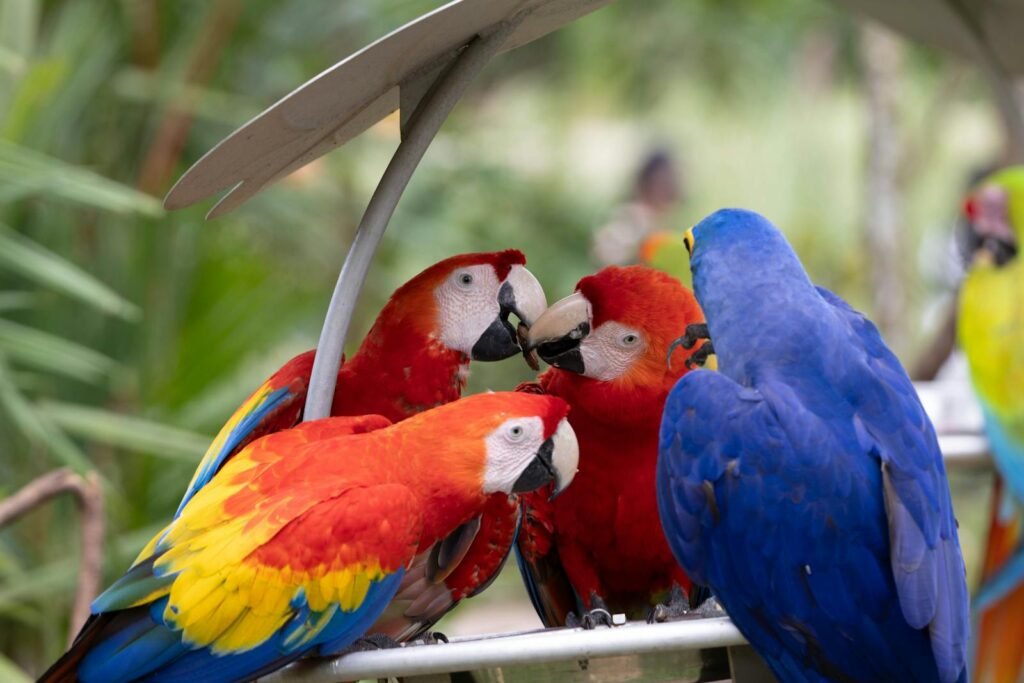
Large parrots and macaws are not just physically imposing birds—they’re also incredibly active creatures that need space to climb, fly short distances, and stretch their wings. In the wild, these magnificent birds might travel miles each day searching for food and socializing with their flock. When kept in captivity, they need cages that provide at least some opportunity for movement and exercise.
The absolute minimum cage size for larger species like macaws should allow the bird to fully extend its wings without touching the sides of the enclosure. Many avian veterinarians recommend that the cage be at least 1.5 times the bird’s wingspan in width and 2-3 times the bird’s length (from head to tail) in height—though larger is always better when it comes to these intelligent creatures.
Key Features to Look for in Quality Large Bird Cages
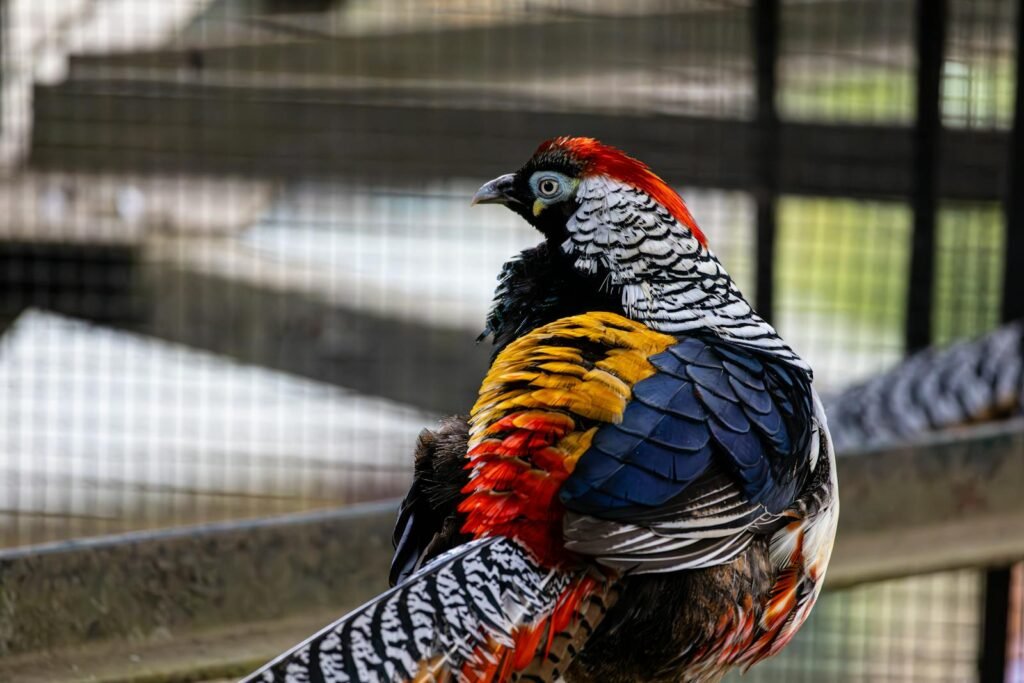
Not all bird cages are created equal, and when housing large, powerful birds, quality becomes particularly important. The bar spacing should be appropriate for your specific species—typically 3/4 to 1 inch for medium parrots and 1 to 1.5 inches for larger macaws—to prevent escape while allowing your bird to see outside. The cage material should be durable and non-toxic, with stainless steel and powder-coated metals being preferred options that resist corrosion from droppings and food debris.
Look for secure door latches that parrots can’t manipulate, as many large species are excellent problem-solvers who can figure out simple locks. Additional features worth considering include removable trays for easy cleaning, caster wheels for mobility, and seed guards to contain mess around the cage perimeter.
Macaw-Specific Cage Requirements

Macaws, as the largest of the parrot species commonly kept as pets, have especially demanding housing requirements. A cage for a blue and gold, scarlet, or green-winged macaw should have minimum dimensions of approximately 36″W x 24″D x 48″H, though larger is significantly better for these birds that can have wingspans of up to 4 feet. The bar thickness is particularly important for macaws, whose powerful beaks can bend or break thin metal bars—look for cages with bars at least 3/16″ thick for medium macaws and 1/4″ for larger species.
Play tops are especially valuable for macaws, as they love to climb and perch at the highest point available. Some macaw owners opt for custom-built aviaries or convert entire rooms into bird spaces, recognizing that even the largest commercially available cages provide only the minimum acceptable space for these magnificent birds.
African Grey and Amazon Parrot Cage Considerations
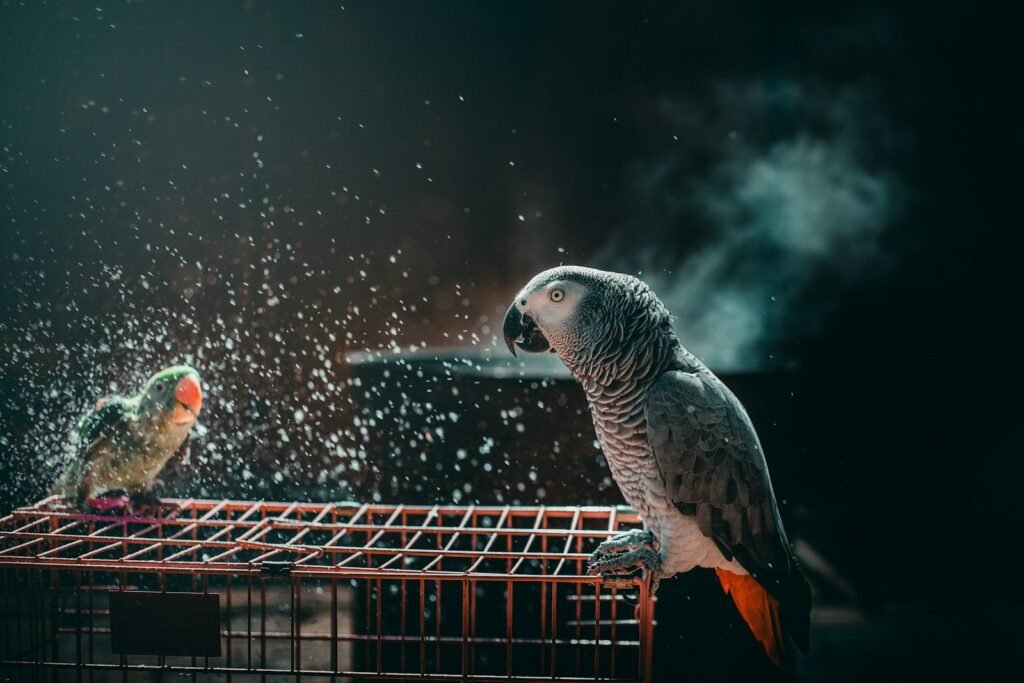
Medium-large parrots like African Greys and Amazons require spacious accommodations that balance their need for exercise with practical considerations for indoor living. For these intelligent and active birds, a cage measuring approximately 32″W x 23″D x 36″H should be considered the minimum, with larger dimensions being preferable. Bar spacing of around 3/4″ to 1″ works well for these species, preventing escape while allowing good visibility. African Greys and Amazons are notorious for their intelligence and dexterity, making escape-proof locks essential on all doors and food access points.
These species also tend to be more sensitive to toxins, so ensuring the cage has a non-toxic finish and is free from zinc and lead components is particularly important for their long-term health and safety.
Cockatoo Cage Specifications
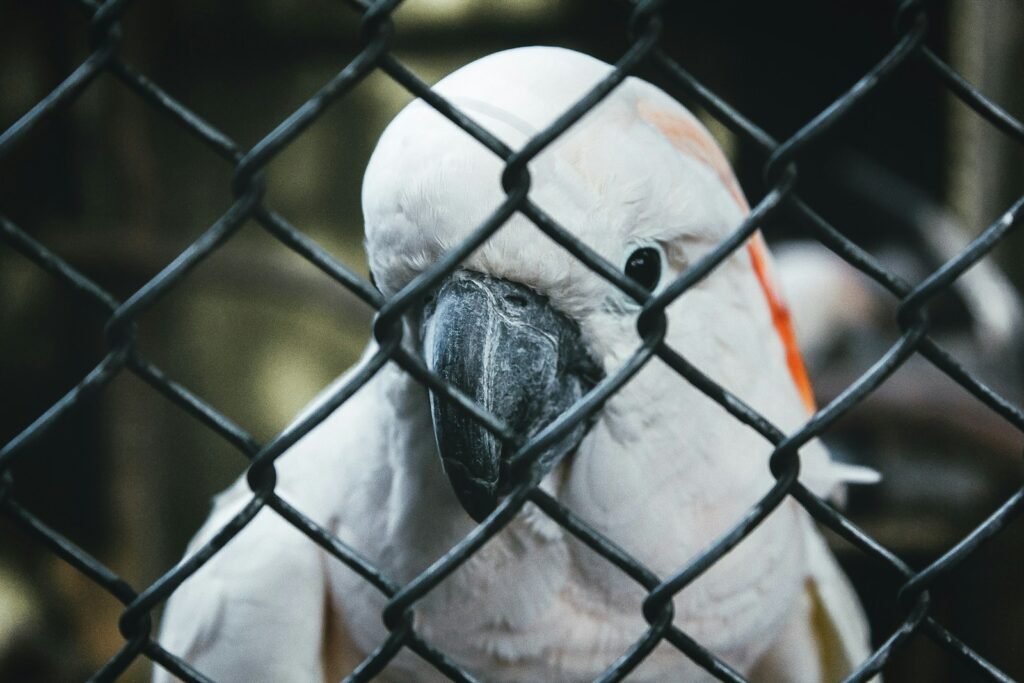
Cockatoos, with their energetic personalities and love of climbing, need cages that accommodate their active lifestyle and powerful beaks. A minimum cage size of approximately 32″W x 23″D x 36″H is recommended for medium cockatoos like the Goffin’s or Rose-breasted, while larger species like Moluccan or Umbrella cockatoos need proportionally bigger enclosures. These birds are notorious for their destructive capabilities, so cage construction should be particularly robust with thick bars and reinforced corners.
Cockatoos are also known for their dusty feathers and prolific dander production, making cages with good ventilation and easy-to-clean features especially important. Many successful cockatoo owners incorporate additional enrichment directly into the cage design, with multiple climbing opportunities and destructible toys to help satisfy these birds’ strong need to chew and forage.
Top Commercial Brands for Large Bird Cages
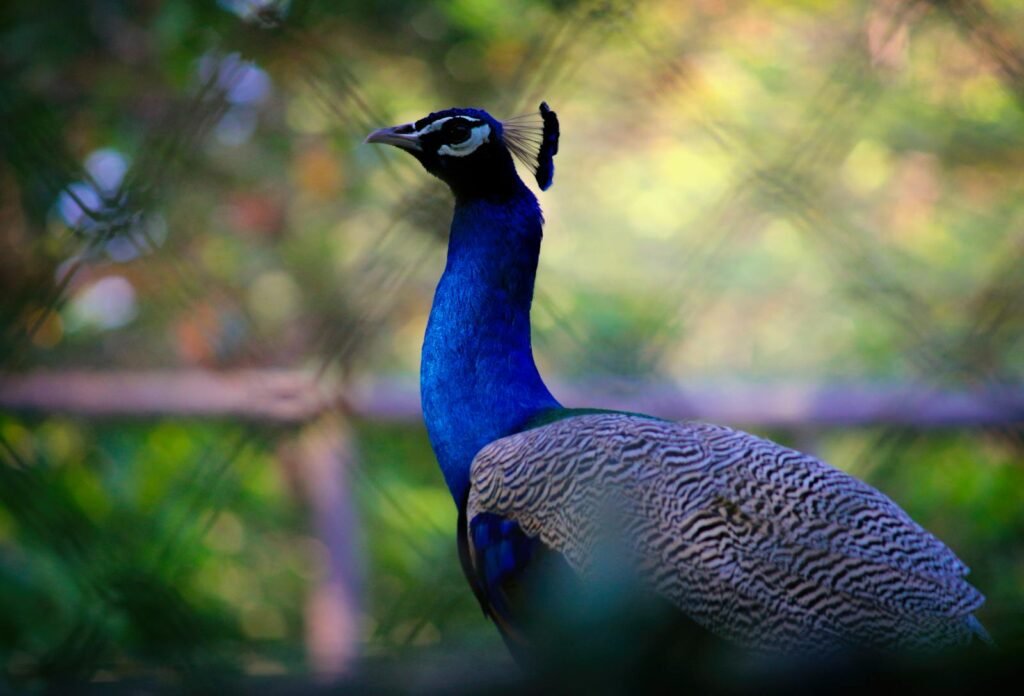
Several manufacturers have established themselves as leaders in the large bird cage market, consistently producing quality enclosures suitable for parrots and macaws. Prevue Hendryx offers several models designed specifically for larger birds, with solid construction and reasonable pricing that makes them popular among bird enthusiasts. Kings Cages produces premium stainless steel options that, while expensive, often last a lifetime and resist the damage that parrots can inflict on powder-coated cages.
A&E Cage Company makes double-door models with convenient features like slide-out trays and seed catchers that make maintenance easier. Montana Cages, popular in Europe but increasingly available globally, offers uniquely designed enclosures with excellent access and innovative features. Each brand has its strengths and price points, so researching specific models within these trusted manufacturers can help you find the perfect fit for your bird and budget.
Custom-Built Aviaries and Walk-In Options

For those with the space and resources, custom-built aviaries represent the gold standard in large parrot housing. These walk-in enclosures allow birds to truly stretch their wings and even fly short distances, providing an environment much closer to their natural movement patterns. Custom aviaries can be constructed indoors or outdoors (with appropriate weather protection), and can incorporate natural elements like real branches and plants to create a more stimulating environment. Some bird owners convert spare rooms or sunrooms into bird spaces, using aviary netting or specially designed panels to create safe, flight-friendly environments.
While this option requires significant investment and dedicated space, many owners of multiple large parrots find that the benefits to their birds’ physical and psychological health make custom aviaries worth considering.
Proper Cage Setup and Accessories
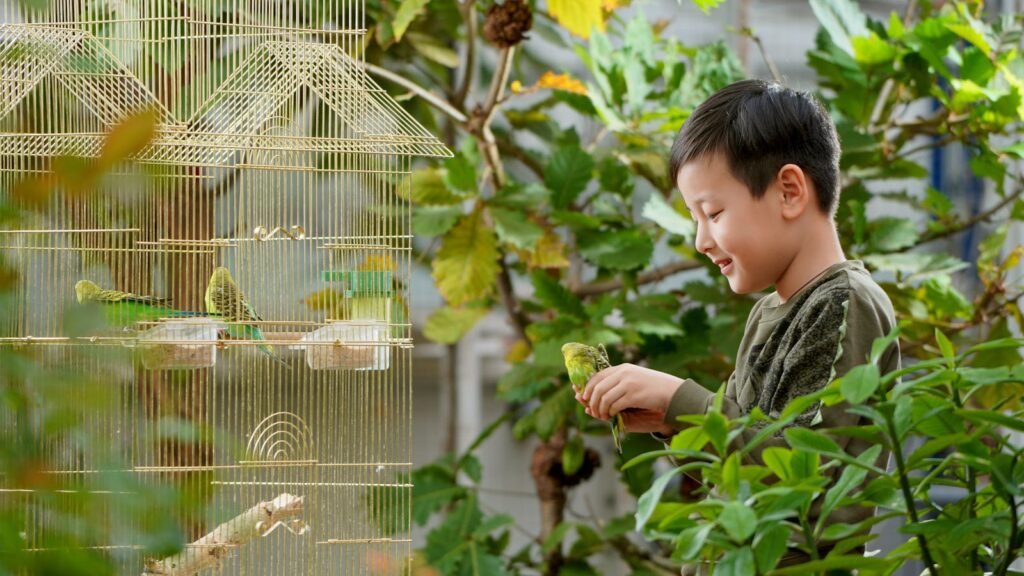
The interior setup of your large bird’s cage is just as important as the cage itself in creating a healthy, enriching environment. Perches should vary in diameter (1″ to 2.5″ for large parrots) and texture to promote foot health and prevent pressure sores. Natural wood perches from safe species like manzanita, dragonwood, or untreated fruit tree branches provide both physical and mental benefits through texture variations and limited chewing opportunities. Food and water dishes should be positioned to prevent contamination from droppings and be easy to remove for daily cleaning.
Toys are essential for mental stimulation and should include a variety of materials to chew, manipulate, and destroy—rotate them regularly to maintain interest. The cage floor should be covered with appropriate lining material like unprinted paper, which allows you to monitor droppings while providing easy cleaning.
Placement and Environmental Considerations
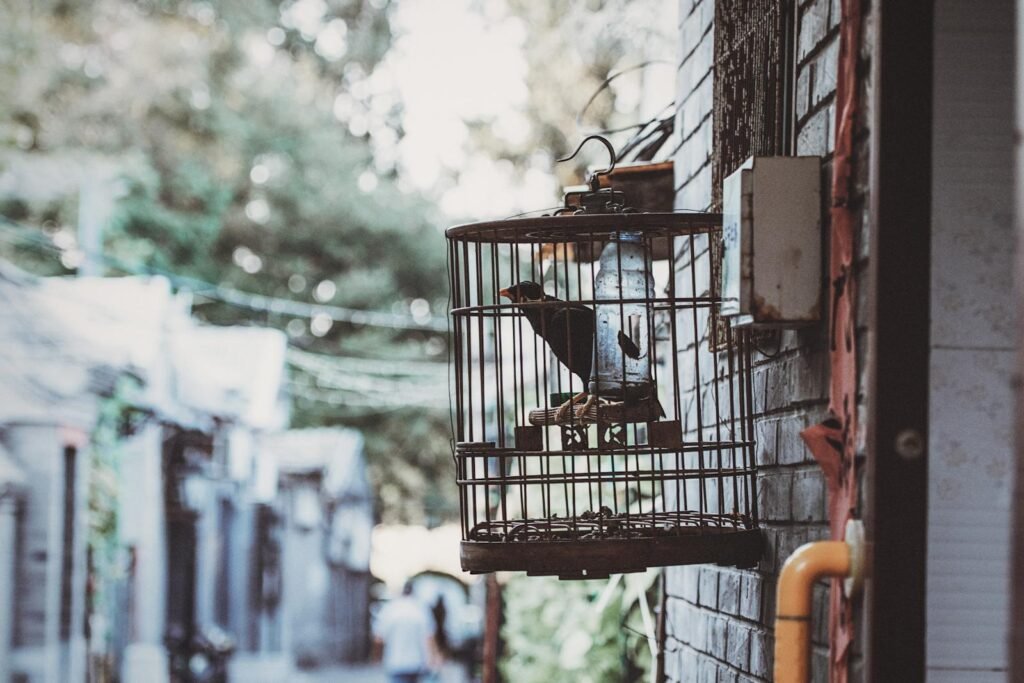
Where you place your bird’s cage can significantly impact their well-being and integration into family life. Parrots are social creatures that benefit from being in central living areas where they can observe and participate in family activities, though they also need quiet times and regular sleep schedules. Position the cage against a wall rather than in the middle of a room to provide your bird with a sense of security while still allowing good visibility. Avoid placing cages in kitchens (cooking fumes can be toxic) or directly next to windows (temperature fluctuations and drafts can cause illness).
Consider practical aspects like flooring that can be cleaned easily to manage the inevitable mess created by even the tidiest large parrots. Environmental factors like humidity, temperature, and air quality should be monitored, keeping the area between 65-85°F with moderate humidity and good ventilation but no drafts.
Cleaning and Maintenance Protocols
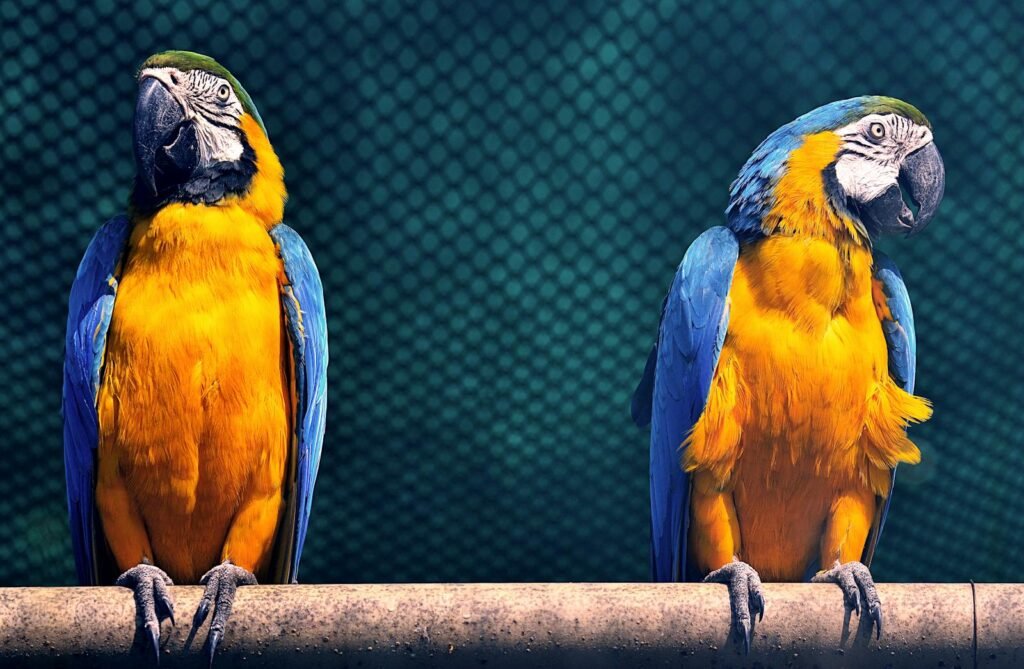
Maintaining a clean cage environment is crucial for the health of large parrots, whose powerful respiratory systems are sensitive to airborne contaminants and whose droppings can harbor harmful bacteria. Daily maintenance should include removing uneaten food, changing water, and spot-cleaning any soiled areas or perches. Weekly cleaning should involve more thorough disinfection of all removable parts using bird-safe cleaners like diluted vinegar solutions or specialized avian disinfectants—never use products containing phenols around birds. Many large cages feature removable trays or grates that make this process easier.
Every few months, consider doing a complete deep clean, taking the cage apart (with your bird safely housed elsewhere) to address corners and connections where debris can accumulate. Establishing a regular cleaning routine not only keeps your bird healthy but extends the life of your investment in a quality cage.
Budget Considerations and Value Assessment
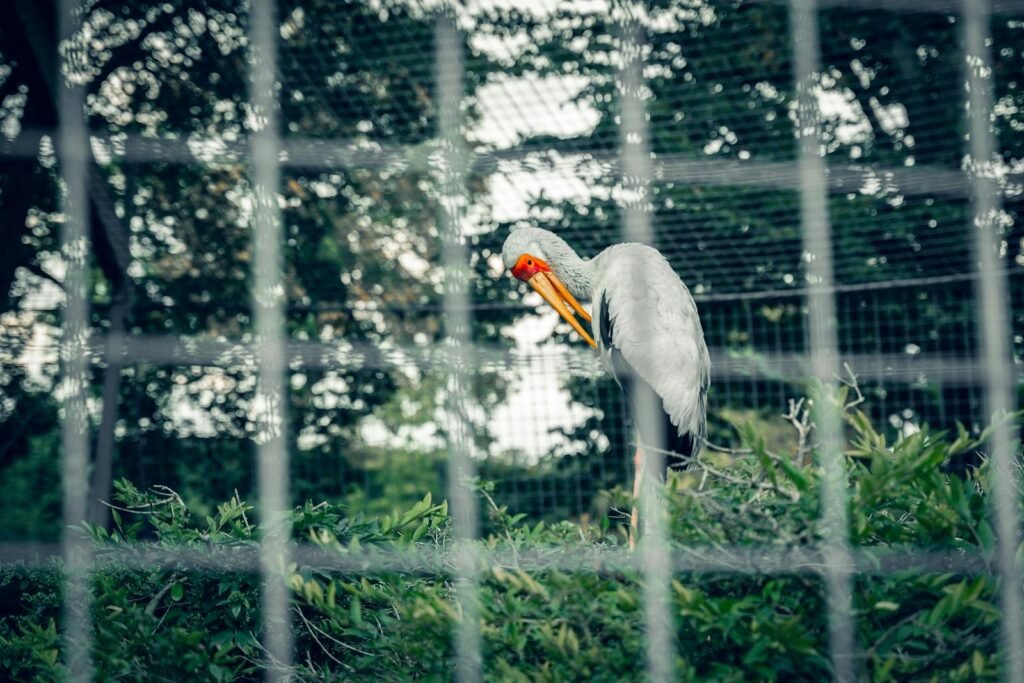
Quality large bird cages represent a significant investment, with prices ranging from several hundred to several thousand dollars depending on size, materials, and features. When assessing value, consider longevity—a well-built stainless steel cage might cost three times as much as a powder-coated option, but could last decades longer, particularly with destructive species. Factor in additional costs like replacement parts, accessories, and maintenance supplies when budgeting for your bird’s housing.
Some manufacturers offer payment plans for premium cages, making higher-quality options more accessible. Remember that inadequate housing can lead to behavioral problems and health issues that may result in expensive veterinary care, making the initial investment in a proper cage a cost-effective choice in the long run. For those with limited budgets, searching for used premium cages from reputable sources can sometimes yield excellent options at reduced prices.
Signs Your Bird’s Cage Needs an Upgrade
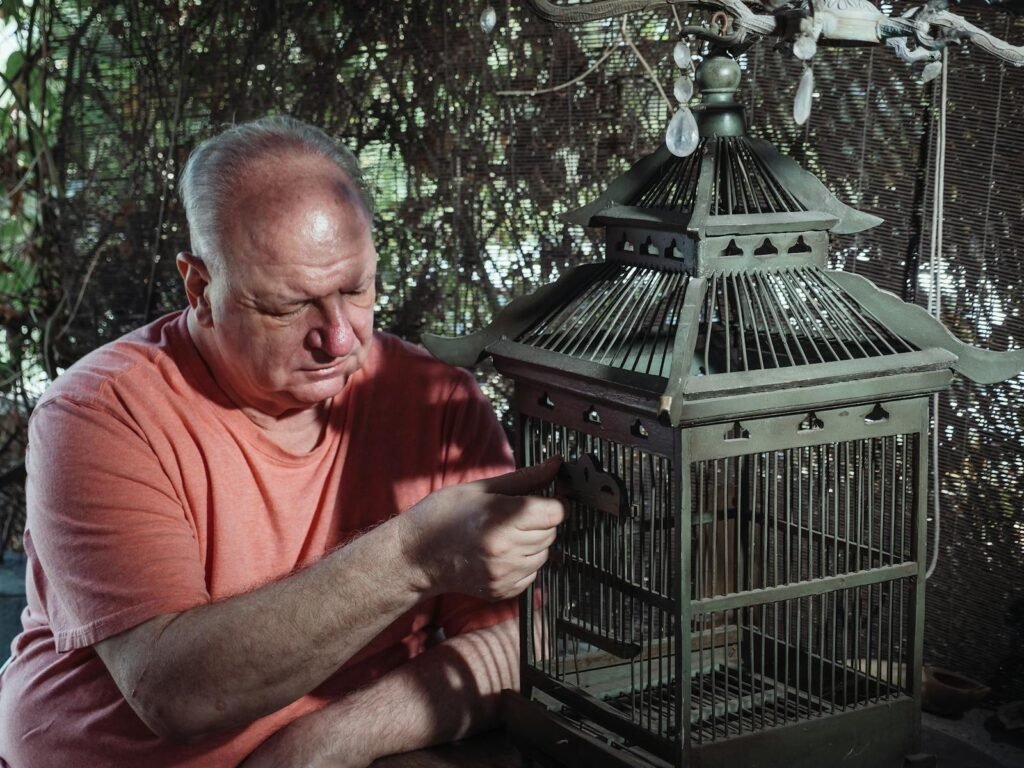
Even if you’ve provided what seemed like an appropriate cage initially, your bird may outgrow it or develop needs that indicate an upgrade is necessary. Behavioral signs that your parrot needs a larger or better-designed cage include excessive screaming, feather plucking, pacing or repetitive movements, and aggressive behavior—all potential indicators of stress or boredom related to inadequate housing.
Physical signs like damaged feathers from repeatedly hitting cage bars, difficulty turning around on perches, or inability to fully extend wings are clear indicators that the current cage is too small. As birds mature, their size and activity levels may change, particularly for species that don’t reach full size until 2-3 years of age. Some parrots also become more active and destructive during breeding season, potentially requiring more robust housing during certain times of year.
Beyond the Cage: The Importance of Out-of-Cage Time
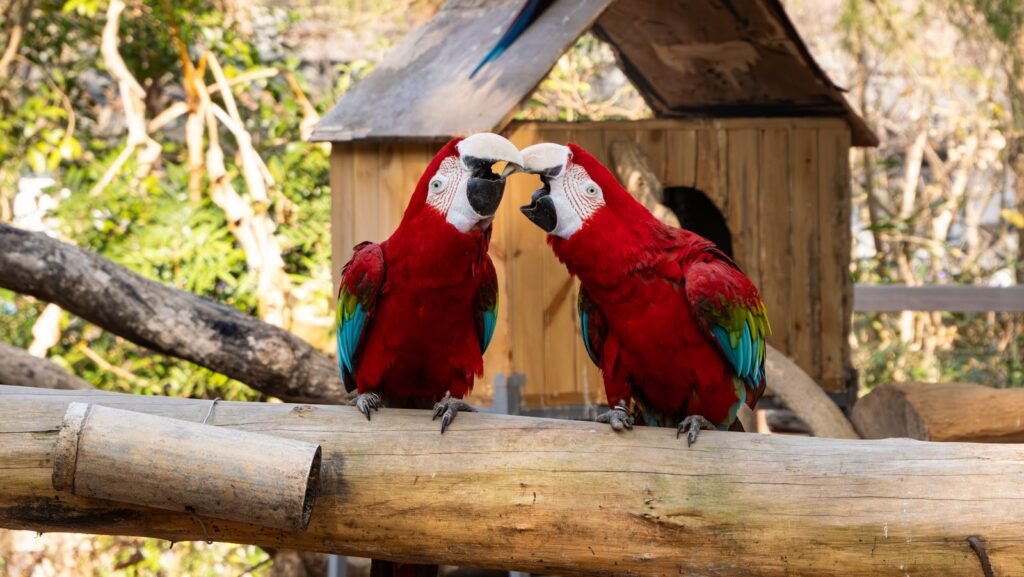
Even the largest, most well-designed cage cannot completely satisfy the exercise and enrichment needs of active parrots and macaws. Regular out-of-cage time in a bird-proofed space is essential for physical and mental health. Most large parrots should have a minimum of 3-4 hours outside their cage daily, with supervised freedom to explore, fly (if wings aren’t clipped), and interact with their human flock. Creating a dedicated play area with climbing structures, foraging opportunities, and varied perching options extends the benefits of out-of-cage time.
Some owners install ceiling-mounted play gyms or free-standing play stands in multiple rooms to encourage activity throughout the home. This freedom not only provides crucial exercise but strengthens the bond between bird and owner while allowing natural behaviors that even the best cage cannot accommodate.
Making the Final Decision: Choosing Your Bird’s Perfect Home
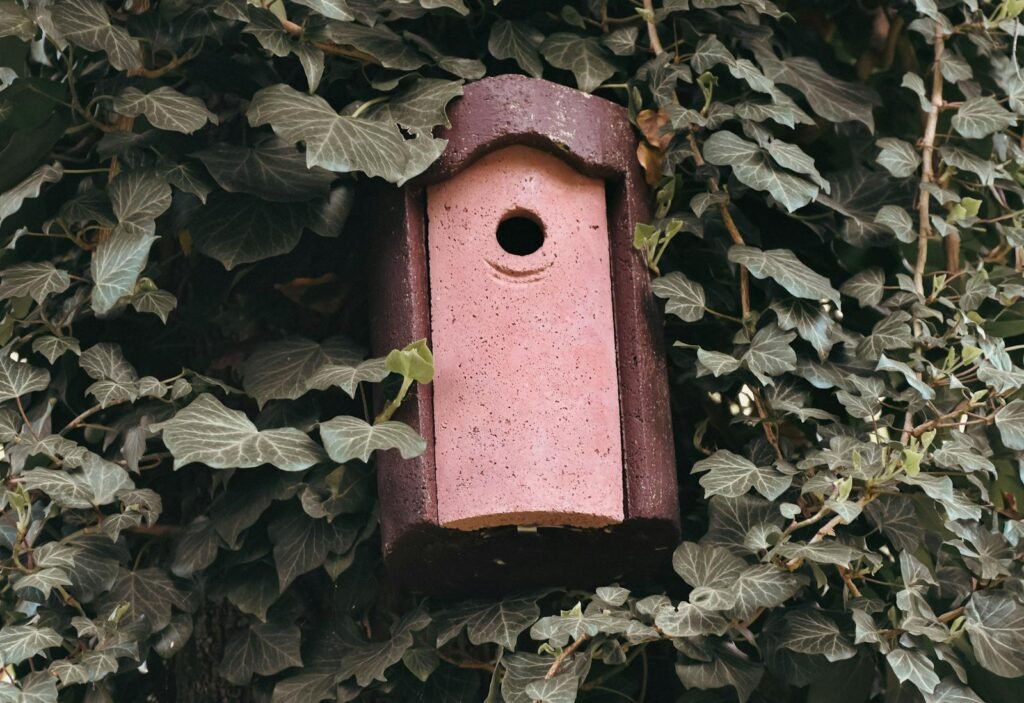
Selecting the ideal cage for your large parrot or macaw ultimately requires balancing several factors specific to your situation. Consider your bird’s species, size, activity level, and destructive tendencies alongside practical considerations like available space in your home and budget constraints. Prioritize non-negotiable features like appropriate size, bar spacing, and non-toxic materials while being flexible about convenience features if necessary. Remember that even if you can’t provide the absolute ideal cage immediately, you can enhance your bird’s well-being through ample out-of-cage time, regular enrichment, and saving for future upgrades.
Consult with avian veterinarians, experienced breeders, or rescue organizations familiar with your specific species for tailored recommendations. The perfect cage is one that meets your bird’s essential needs while fitting realistically into your living situation and budget—creating a safe, stimulating home base for your feathered companion.
Conclusion
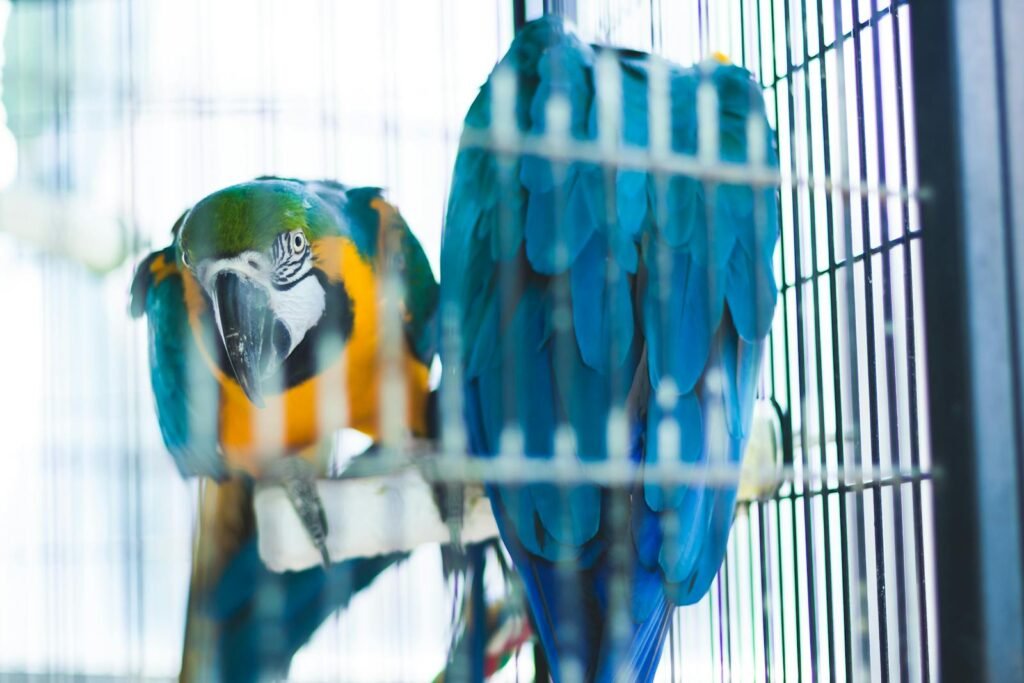
Creating an appropriate living space for parrots and macaws requires thoughtful consideration of their unique needs as intelligent, active birds evolved for flight and complex social interactions. While no cage can perfectly replicate the freedom of their natural habitat, a well-chosen large enclosure can provide a secure, enriching environment that supports both physical and psychological health. By investing in the best cage you can afford, setting it up thoughtfully, and supplementing with plenty of out-of-cage time, you’re laying the foundation for a long, healthy relationship with your magnificent feathered companion. Remember that the cage is just one component of responsible large parrot ownership—alongside proper nutrition, veterinary care, and the time commitment these social, long-lived birds require.




